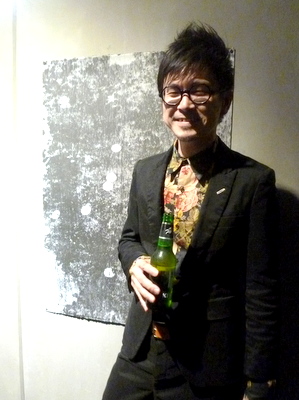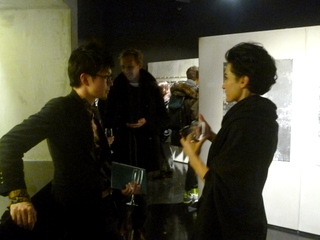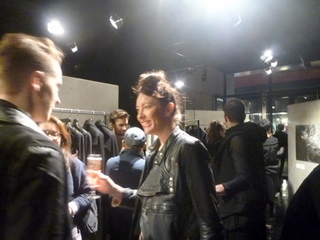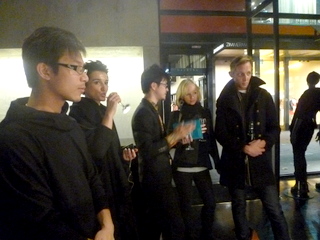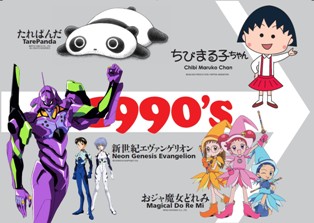We had the opportunity to interview the printmaker Katsutoshi Yuasa at the opening of his show at Saxony’s in QV on the 3rd of May.
His works were done using very fine lines that remind the audience of his devotion for engraving and near-endless patience. They appear like photographs from a distance, but up close each detail can be clearly seen. His works are very thorough and well made and it is almost impossible to tell that they are not real photographs.
Katsutoshi Yuasa
Yuasa was born in Tokyo. He was educated at the Musashino Art University and continued to attain an MA in Fine Art and Printmaking from the Royal College in the UK. He participated in international residency programs in Amsterdam, Berkley in the US, Paris, Hofsós in Iceland and Copenhagen. He works as an instructor at Musashino Art University while working as an artist.
— First, tell me about yourself.
I mainly work on woodcut prints. Most of my exhibitions took place in Europe, as well as in New York City and Hong Kong. This is my first show in Australia.
— How did you get this opportunity to show your works in Australia?
A creative director at SAXONY came to see my previous show in Hong Kong and approached me with a proposal for their upcoming show. They decided to display the black and white prints that I chose from my collection that match SAXONY’s store image.

Listen, nature is full of songs and truth (right)
©Katutoshi Yuasa
— How did you start your career in woodcut printing?
I studied oil painting in college, but I always felt that it was not for me. I learnt about woodcut printing at a workshop, which I participated in when I was questioning the direction of my art. I found it interesting that woodcut prints are tricky and have many technical limitations.
It actually benefits me a lot since woodcut prints are not that popular overseas and they remind people of Japanese prints, known as Ukiyo-e.
— Your works appear as if they have been printed, with no traces of strokes or residue. Why did you decide to use this technique to create your works?
I wanted to differentiate my works from traditional woodcut by adding an essence of photography, which I always wanted to pursue as well. Photographs are easily transferred to copper and screen prints, but not to woodcut prints, which is why it can be tricky in some aspects.
During the process, it is important to create something as detailed as a photograph, but not as real as one
When carving, I also think about the wood itself. I had to come up with the idea to remove the wood pattern on my work, as it can appear after printing.

— You studied printmaking in London as well, didn’t you?
In school, I learnt how to come up with ideas and concepts of my work and what it means to be a professional artist. I did not learn the skill itself.
— How do you utilize the type of lines, such as horizontal lines, vertical lines and diagonal lines.
First, I decide which angle the light will shine in the image. Then, I make the image on my computer and print it out on the wood. Afterwards, I follow the lines on the wood and start carving.
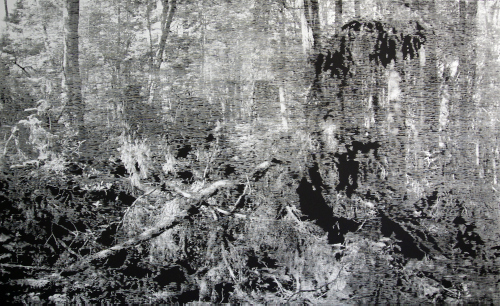
ilmatar
©Katsutoshi Yuasa
— How long does it take to finish a work?
It normally takes from two weeks to a month but it really depends on the scale of the work. An exceptionally large work, made up of four wood panels, takes half a year to complete.
— Do you start working on another projects before completing one?
I try to focus on one work at the time, but like I said, I make small ones while working on one big project.

— Don’t you feel stressed while working on such a detailed piece?
Actually it is not as stressful as you think. It’s like running. I can carve for a long time if I have enough time to slowly progress my work. This process reminds me of long-distance running. On the other hand, printing requires speed – like short-distance sprinting. I have to be ready a day before this process. When I feel stressed, I try to do something else, such as playing with my children.
— You may have a problem when printing, like spilling the ink. You said it’s like sprinting, so it would be hard to fix it if you mess it up.
You are right. I repeat the process until I am satisfied with my works, so I become exhausted after printing so many images.
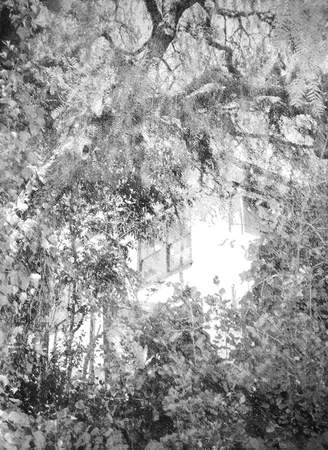
A place where there is no redemption and no apocalypse #1
©Katsutoshi Yuasa
— Why are your major themes nature, such as trees and gardens? Where do you take the photos?
Yeah, actually my major theme is nature with a human touch, such as a park bench, a garden, forest or shrines. My works also feature mythology as well – that’s something people created.
I take photos near my house or during my stay in other countries. I do not always start a project immediately after taking photos, so sometimes I have to work on the image from other countries after my return to Japan.
I also use photos that I download from the internet if they cannot be taken by myself. For example, satellite images of the universe, a typhoon or images of natural disasters. I try to share my personal experience with others through my works.
— You had short stays in European countries and the United States after graduating from the school in London. Are there any reasons for that?
I intended to obtain an artist visa in the UK but could not get it due to many reasons. Instead, I started working on my projects overseas several months a year for an artist residency program. I’ve been doing it every year and I will go to Germany this year.
* Residency
2002-2007 London
2006 Amsterdam, Netherlands
2008 Berkeley, the US
2008-2009 Paris, France
2009 Hofsós, Iceland
2011 Copenhagen, Denmark
2013 Tammisaari, Finland
— How was your stay in other countries?
Amsterdam was such a good city to live. The size of the city fits my lifestyle. I stayed with the world-renowned residency program, the Rijksakademie, where artists from all over the world work on their projects in a large, private studio. The institute initiates various seminars that artists can attend and host the annual open studio event that attract visitors from different countries. I met the curator of a gallery in Germany that gave me the opportunity to hold my own show once every two years.
Iceland is a great natural wonder. When I first set foot on the island, I thought that I had landed on Mars.
I struggled a lot in Paris since I do not speak French. They do not like it when people try to communicate with them in English.
It’s good to live in different countries. This enabled me to receive different reactions and make connections worldwide. I apply to a residence program every year and go to other countries if I am accepted.
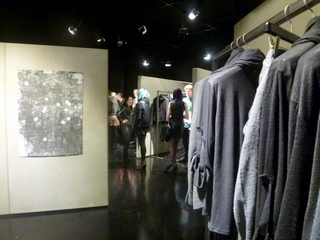
— Did you see any changes after teaching at the school you graduated from?
Well, it’s kind of stimulating. I remember what it was like when I was a student and try to find the best way to improve the works of my students.
I also think about what helps improving the art scene in Japan. It is better to have discussions with others to exchange ideas rather than to think by myself. I believe sharing our passion for art with the next generation is vital.
Mmmm….I guess teaching does not directly affect my work.
I occasionally ask my students to help prepare for a show. I tell them to keep working even though they have almost no opportunity to show their works. We do not know when people will be` interested in our works. We have to be ready for the opportunity to come.
It’s been eight years since starting my career as a professional artist. It is only recently that I finally started to see the bright side of my career.

Light garden #1
©Katsutoshi Yuasa
— Your black and white images are used for this exhibition, but have you created prints in colour? What theme would you like to focus on in the future?
They only selected the black and white images for the show, but I occasionally use colours in my work.
Well, I would like to use more colours and engrave any living creature, such as people or animals.
• • • • • • • • • • • • • • • • • • • • • • • • • • • • • • • • • • • • • • • • • • • •
He received a positive reaction from the audience, some of whom personally approached him to deepen their understanding of his works. It had a friendly atmosphere, with a selection of alcoholic beverages such as Champagne and Megumi beer.
This event was sponsored by Kirin Megumi, whose products also gained attention.
His works will be exhibited in SAXONY in QV, Chadstone and Doncaster until the 14th of July.
♦ Katsutoshi Yuasa
www.katsutoshiyuasa.com
KATSUTOSHI YUASA “Listen, Nature is Full Of Songs And Truth”
6th May – 14th July
SAXONY – QV, Chadstone & Doncaster
www.saxony.com.au
*Please check their website for each retailers specific opening times as trading hours may vary.



